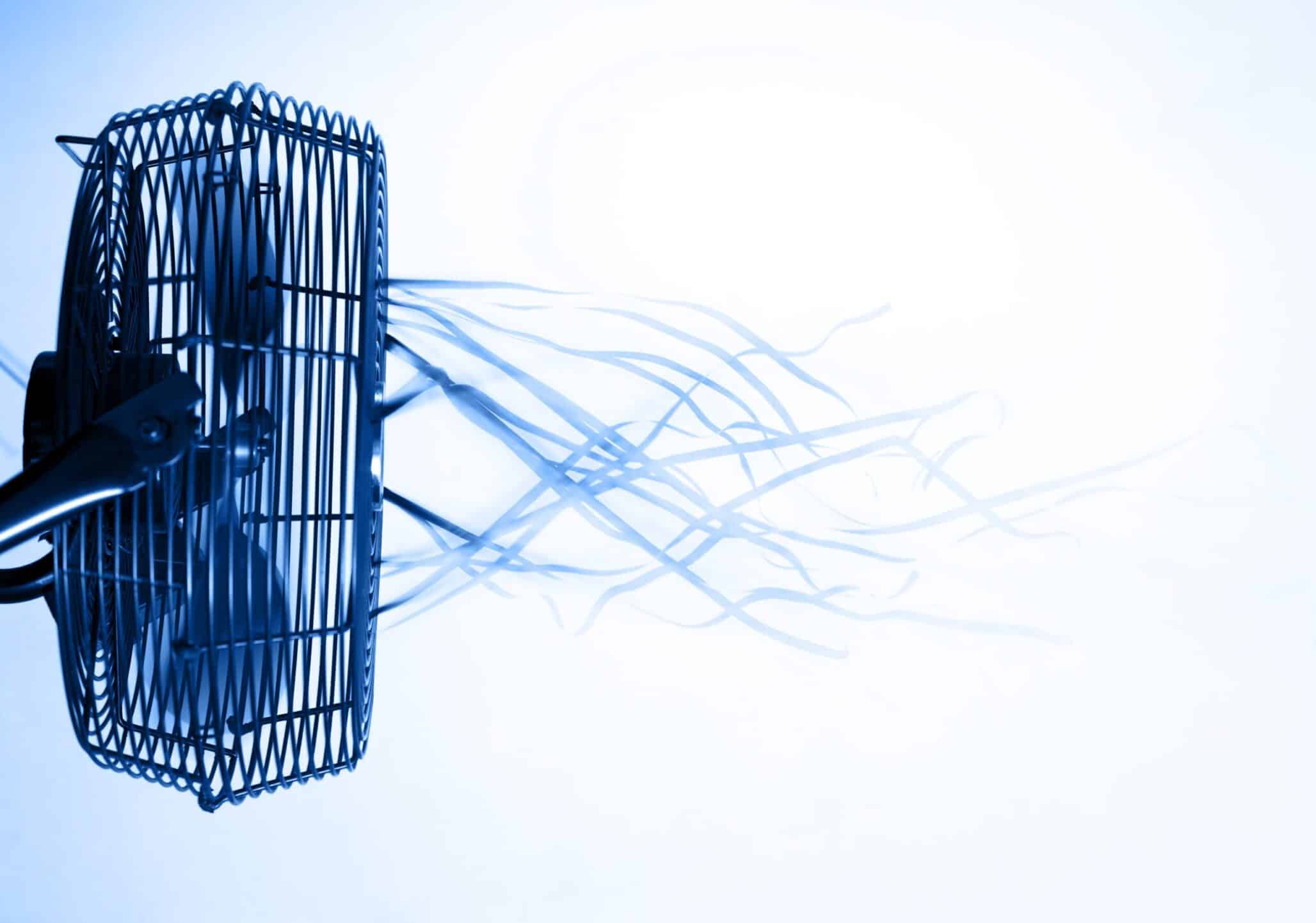Researchers from the University of Illinois reveal elevated lead levels are present in soils across Chicago.
Urban agriculture is on the rise, but a study from the University of Illinois (U of I) uncovers a new threat for this form of ag — lead.
While it is unknown how much lead vegetables and other crops absorb in real-world settings, new U of I research focused in Chicago backyard gardens found tomatoes are likely safe to consume, even when cultivated in soils with high levels of lead.
“There was so little lead accumulation in the fruits, we estimate the average adult male would have to eat almost 400 pounds of tomatoes per week to reach toxic levels,” said Andrew Margenot, coauthor of the study and assistant professor in the Department of Crop Sciences at U of I, in a release. “However, a lower body weight child of about 60 pounds would need to eat ‘only’ 80 pounds of tomatoes per week — still quite a bit, but a lower threshold of consumption.”
Impacts on Gardeners and Urban Agriculturists
Urban agriculture is in the clear, but the new information could be bad news for home gardeners and some urban agriculturists.
“It’s not the fruits I worry about, it’s the practices of tillage and planting. That’s where you get exposed,” explained Margenot. “If you magically have no exposure to contaminated soils to get to the fruit stage, or if you mulch the heck out of the soil and wear a suit and respirator, you’re golden. But, of course, we all know it doesn’t happen that way.”
When working with contaminated soil or planting in it, the harmful soil is inhaled. Lead can also be found in the fine dust on tomato skin, leafy greens and root vegetables, according to the release. Produce not properly washed results in the consumption of lead, and small amounts could have massive health impacts.
Margenot and George Watson’s Research
The study focused on Roma tomatoes planted in Chicago backyards with lead levels from 77 to 1206 parts per million (ppm). These levels surpassed the normal background lead level of 21 ppm, as well as the Illinois EPA threshold — 400 ppm — for inhalation risk.
Researchers analyzed the amount of lead in the fruit without soil treatment compared to the levels when the soil was modified with phosphorus-based treatments known to lower human lead intake through dust inhalation and particle ingestion routes.
“We chose to test TSP as well as composted and air-dried biosolids, which are human feces processed by Chicago wastewater treatment plants. They’re Class A biosolids, which means they’re tested for pathogens and heavy metals,” said Margenot. “I know there’s an ick factor, but they’re likely safer than steer manure you can buy at a hardware store.”
The study showed none of the amendments reduced lead in the tomatoes. Intake levels by plants into tomatoes were already so low that highly contaminated soil had no detectible effect with the amendments.
“The average tomato lead concentration across sites was 0.01 ppm in 2019 and 0.13 ppm in 2020. Both figures are far lower than the maximum allowable limit of 1.6 ppm set by the Food and Agriculture Organization (FAO) for tomatoes,” shared the release.
While lead levels were very low throughout the two-year study, variations among study years raised questions for researchers.
“In the second year, we saw an order of magnitude increase in lead in the fruit at two of the three sites. It was totally unexpected, and we couldn’t explain it. But the soil lead levels didn’t change across years and the fruit lead levels were still extremely low,” said Margenot. “So, to me, it’s two things. First, there’s still so much basic research to be done on plant uptake of lead — we didn’t even know to expect a seasonality effect. Second, and importantly, there’s a very poor correlation between total soil lead and lead uptake.”
Backyard tomato growers should not panic when growing into lead-contaminated soils, Margenot believes.
“If you minimize dust with a heavy mulch, you can safely grow tomatoes, so not all hope is lost. In Illinois, the EPA sets the inhalation risk at 400 ppm, but we found you can be up to three times above that in the soil and safely grow tomatoes,” he added. “But again, gardeners and urban farm workers have to be super careful with how they till the soil, cover the surface and wash the fruit to minimize exposure. But at least we know it’s not necessary to add expensive mitigation amendments.”
The phosphorus treatments analyzed in the study showed little promise for the uptake of lead in tomato, yet researchers think their tests could be useful for lead intake through direct inhalation and ingestion.
“If we want to sustainably reduce lead ingestion and inhalation risk across the city, we should be looking at phosphorus and at local sources such as biosolids more closely,” said Margenot. “Biosolids are locally produced in Chicago and there are programs to get them into the hands of users. So, if we’re talking about low-cost ways to deal with lead, this would be one good resource in the city.”
Read More:
Tomatoes’ Roots Trail Back Further than Campbell’s Soup
Are Gene-Edited Tomatoes a New Source for Vitamin D?
An Aromatic Tomato Could be Looming, says Florida Researchers











